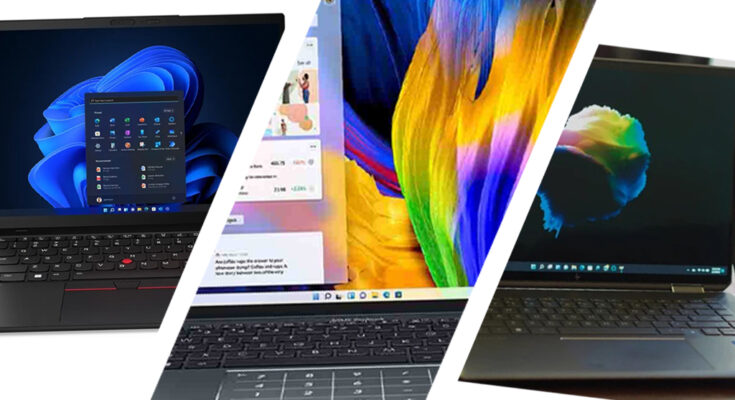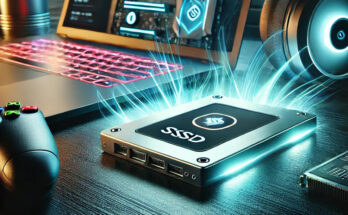There are a number of upcoming laptops that are worth keeping an eye on. Here are a few of the most anticipated:
Apple MacBook Air (2025):
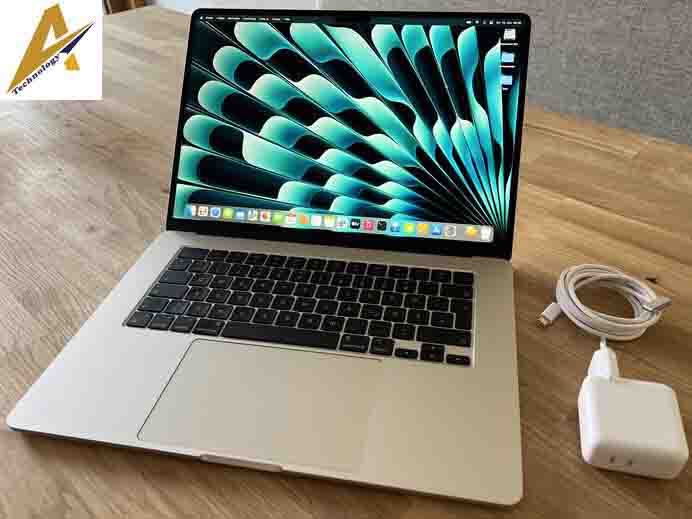
- New design with a thinner and lighter body. The new MacBook Air is expected to be 11.3 mm thin and 2.7 pounds light, making it the thinnest and lightest MacBook Air ever.
- New M2 Pro chip. The new MacBook Air is expected to be powered by the new M2 Pro chip, which is a significant upgrade over the M1 chip. The M2 Pro chip is expected to offer up to 18% faster CPU performance and up to 35% faster GPU performance than the M1 chip.
- New MagSafe charging. The new MacBook Air is expected to feature MagSafe charging, which was a popular feature on older MacBook models. MagSafe charging is a more secure and efficient way to charge your MacBook.
- New 13.6-inch Liquid Retina display. The new MacBook Air is expected to have a 13.6-inch Liquid Retina display with a resolution of 2560×1600. The display is also expected to support True Tone technology, which adjusts the color temperature of the display to match the ambient light.
- New 1080p FaceTime HD camera. The new MacBook Air is expected to have a 1080p FaceTime HD camera, which is a significant upgrade over the 720p FaceTime HD camera on the previous MacBook Air models. The 1080p FaceTime HD camera is expected to offer better image quality for video calls.
- New speakers and microphone. The new MacBook Air is also expected to have new speakers and microphone, which are designed to offer better sound quality for both audio and video calls.
The new Apple MacBook Air (2025) is expected to be released in the second half of 2025.
Pros:
- New design with a thinner and lighter body. The new MacBook Air is expected to be 11.3 mm thin and 2.7 pounds light, making it the thinnest and lightest MacBook Air ever.
- New M2 Pro chip. The new MacBook Air is expected to be powered by the new M2 Pro chip, which is a significant upgrade over the M1 chip. The M2 Pro chip is expected to offer up to 18% faster CPU performance and up to 35% faster GPU performance than the M1 chip.
- New MagSafe charging. The new MacBook Air is expected to feature MagSafe charging, which was a popular feature on older MacBook models. MagSafe charging is a more secure and efficient way to charge your MacBook.
- New 13.6-inch Liquid Retina display. The new MacBook Air is expected to have a 13.6-inch Liquid Retina display with a resolution of 2560×1600. The display is also expected to support True Tone technology, which adjusts the color temperature of the display to match the ambient light.
- New 1080p FaceTime HD camera. The new MacBook Air is expected to have a 1080p FaceTime HD camera, which is a significant upgrade over the 720p FaceTime HD camera on the previous MacBook Air models. The 1080p FaceTime HD camera is expected to offer better image quality for video calls.
- New speakers and microphone. The new MacBook Air is also expected to have new speakers and microphone, which are designed to offer better sound quality for both audio and video calls.
Cons:
- No Touch Bar. The new MacBook Air is not expected to have the Touch Bar, which was a popular feature on previous MacBook Air models. The Touch Bar is a touch-sensitive strip that sits above the keyboard and can be used to control different functions of the MacBook.
- No SD card slot. The new MacBook Air is not expected to have an SD card slot, which was a useful feature for photographers and videographers.
- No HDMI port. The new MacBook Air is not expected to have an HDMI port, which was a useful feature for connecting the MacBook to external displays.
- No price yet. The price of the new MacBook Air has not yet been announced, but it is expected to be more expensive than the previous model.
Overall, the Apple MacBook Air (2025) is a powerful and versatile laptop with a sleek new design. However, there are a few features that have been removed or not yet announced, which may be a disappointment for some users.
Dell XPS 13 Plus:
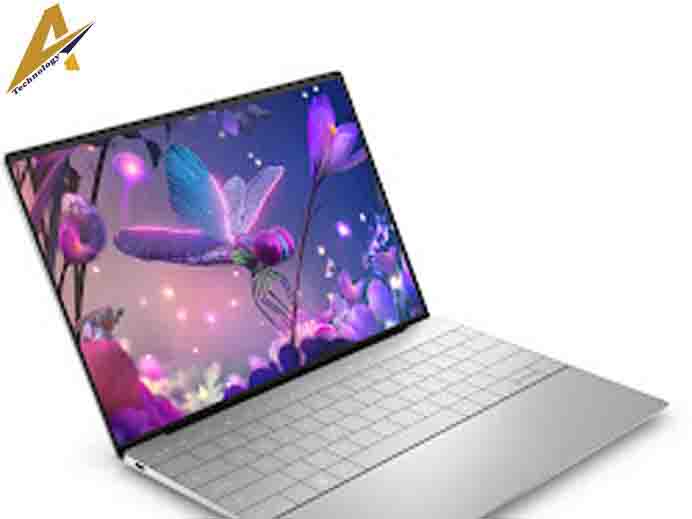
- New design with a larger touchpad and a new keyboard with haptic feedback. The new XPS 13 Plus has a larger touchpad that is 20% larger than the touchpad on the previous XPS 13 model. The keyboard has also been redesigned with haptic feedback, which provides a more tactile typing experience.
- New 13.4-inch InfinityEdge display with a 16:10 aspect ratio. The new XPS 13 Plus has a 13.4-inch InfinityEdge display with a 16:10 aspect ratio. This gives the display more vertical space, which is great for productivity tasks.
- New 12th Gen Intel Core processors. The new XPS 13 Plus is powered by the latest 12th Gen Intel Core processors, which offer significant performance improvements over the previous generation of processors.
- New Killer Wi-Fi 6E and Thunderbolt 4 ports. The new XPS 13 Plus is equipped with Killer Wi-Fi 6E and Thunderbolt 4 ports, which provide fast and reliable connectivity.
- New Windows 11 operating system. The new XPS 13 Plus comes pre-installed with Windows 11, the latest version of the Windows operating system.
Pros:
- New design with a larger touchpad and a new keyboard with haptic feedback. The new XPS 13 Plus has a larger touchpad that is 20% larger than the touchpad on the previous XPS 13 model. The keyboard has also been redesigned with haptic feedback, which provides a more tactile typing experience.
- New 13.4-inch InfinityEdge display with a 16:10 aspect ratio. The new XPS 13 Plus has a 13.4-inch InfinityEdge display with a 16:10 aspect ratio. This gives the display more vertical space, which is great for productivity tasks.
- New 12th Gen Intel Core processors. The new XPS 13 Plus is powered by the latest 12th Gen Intel Core processors, which offer significant performance improvements over the previous generation of processors.
- New Killer Wi-Fi 6E and Thunderbolt 4 ports. The new XPS 13 Plus is equipped with Killer Wi-Fi 6E and Thunderbolt 4 ports, which provide fast and reliable connectivity.
- New Windows 11 operating system. The new XPS 13 Plus comes pre-installed with Windows 11, the latest version of the Windows operating system.
Cons:
- No Touch Bar. The new XPS 13 Plus does not have the Touch Bar, which was a popular feature on previous XPS 13 models. The Touch Bar is a touch-sensitive strip that sits above the keyboard and can be used to control different functions of the XPS 13.
- No SD card slot. The new XPS 13 Plus does not have an SD card slot, which was a useful feature for photographers and videographers.
- No HDMI port. The new XPS 13 Plus does not have an HDMI port, which was a useful feature for connecting the XPS 13 to external displays.
- Pricey. The Dell XPS 13 Plus is a premium laptop, and the price reflects that. The starting price is $1,299, which is more expensive than some other high-end laptops on the market.
Overall, the Dell XPS 13 Plus is a powerful and versatile laptop with a sleek new design. However, there are a few features that have been removed or not yet announced, which may be a disappointment for some users.
HP Spectre x360 16

- New design with a larger 16-inch display. The new Spectre x360 16 has a larger 16-inch display that is 23% larger than the display on the previous Spectre x360 13 model. The display also has a taller 16:10 aspect ratio, which gives it more vertical space.
- New 12th Gen Intel Core processors. The new Spectre x360 16 is powered by the latest 12th Gen Intel Core processors, which offer significant performance improvements over the previous generation of processors.
- New NVIDIA GeForce RTX 3050 Ti graphics. The new Spectre x360 16 is also equipped with NVIDIA GeForce RTX 3050 Ti graphics, which offer excellent performance for gaming and creative tasks.
- New 360-degree hinge. The new Spectre x360 16 has a 360-degree hinge, which allows you to use it as a laptop, a tablet, or a tent.
- New pen support. The new Spectre x360 16 supports the HP Active Pen, which allows you to take notes, draw, and sign documents.
- New Wi-Fi 6E and Thunderbolt 4 ports. The new Spectre x360 16 is equipped with Wi-Fi 6E and Thunderbolt 4 ports, which provide fast and reliable connectivity.
- New Windows 11 operating system. The new Spectre x360 16 comes pre-installed with Windows 11, the latest version of the Windows operating system.
Pros:
- Large 16-inch display. The Spectre x360 16 has a large 16-inch display that is perfect for productivity and entertainment.
- Powerful performance. The Spectre x360 16 is powered by the latest 12th Gen Intel Core processors, which offer significant performance improvements over the previous generation of processors.
- Sleek and stylish design. The Spectre x360 16 has a sleek and stylish design that is sure to turn heads.
- Convertible design. The Spectre x360 16 can be used as a laptop, a tablet, or a tent, which makes it versatile for different tasks.
- Long battery life. The Spectre x360 16 has a long battery life, which means you can use it all day without having to worry about running out of power.
Cons:
- Pricey. The HP Spectre x360 16 is a premium laptop, and the price reflects that. The starting price is $1,399, which is more expensive than some other high-end laptops on the market.
- No SD card slot. The Spectre x360 16 does not have an SD card slot, which can be a drawback for photographers and videographers.
- No HDMI port. The Spectre x360 16 does not have an HDMI port, which can be a drawback for connecting the laptop to external displays.
Overall, the HP Spectre x360 16 is a powerful and versatile laptop with a sleek and stylish design. However, there are a few features that have been removed or not yet announced, which may be a disappointment for some users.
Lenovo ThinkPad X1 Nano (Gen 3)
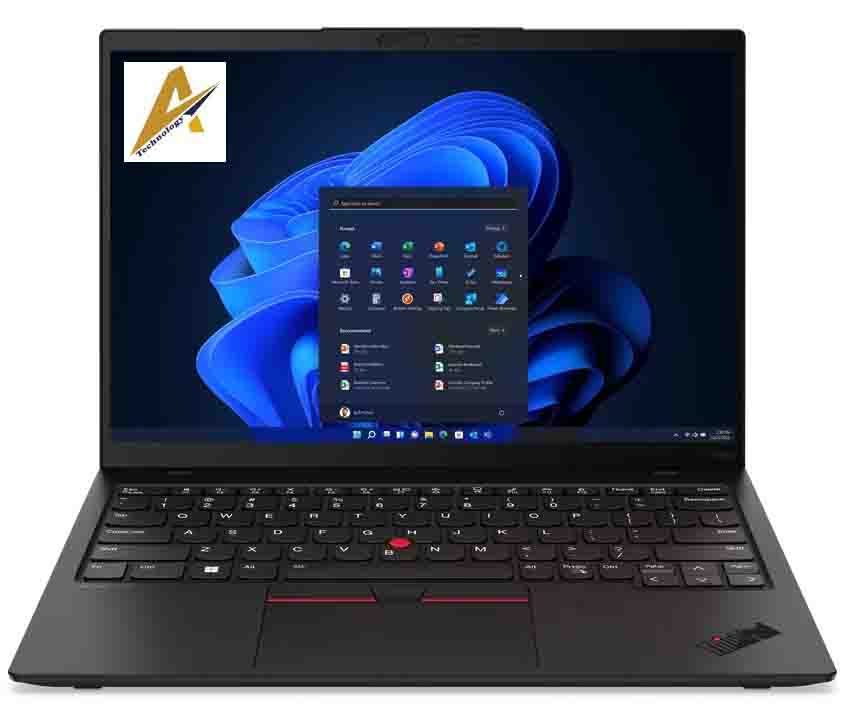
- New design with a smaller and lighter body. The new ThinkPad X1 Nano is expected to be 13.3 mm thin and 1.96 pounds light, making it even thinner and lighter than the previous generation.
- New 13.0-inch OLED display. The new ThinkPad X1 Nano is expected to have a 13.0-inch OLED display with a resolution of 2160×1350. The display is also expected to support Dolby Vision HDR, which provides a more immersive viewing experience.
- New 12th Gen Intel Core processors. The new ThinkPad X1 Nano is powered by the latest 12th Gen Intel Core processors, which offer significant performance improvements over the previous generation of processors.
- New 5G connectivity. The new ThinkPad X1 Nano is expected to support 5G connectivity, which allows you to stay connected even when you’re on the go.
- New ThinkShield security features. The new ThinkPad X1 Nano is equipped with a variety of ThinkShield security features, including a self-healing BIOS, a fingerprint reader, and a PrivacyGuard privacy filter.
The new Lenovo ThinkPad X1 Nano (Gen 3) is expected to be released in early 2025.
Pros:
- Ultra-lightweight and portable. The ThinkPad X1 Nano is one of the lightest laptops on the market, weighing in at just 1.96 pounds. This makes it easy to carry around with you wherever you go.
- Powerful performance. The ThinkPad X1 Nano is powered by the latest 12th Gen Intel Core processors, which offer significant performance improvements over the previous generation of processors.
- Long battery life. The ThinkPad X1 Nano has a long battery life, which means you can use it all day without having to worry about running out of power.
- Durable and reliable. The ThinkPad X1 Nano is built to last, with a MIL-STD 810G durability rating. This means that it can withstand a variety of harsh conditions.
- Sleek and stylish design. The ThinkPad X1 Nano has a sleek and stylish design that is sure to turn heads.
Cons:
- Pricey. The Lenovo ThinkPad X1 Nano is a premium laptop, and the price reflects that. The starting price is $1,499, which is more expensive than some other high-end laptops on the market.
- Limited ports. The ThinkPad X1 Nano only has two Thunderbolt 4 ports, which can be limiting for some users.
- No SD card slot. The ThinkPad X1 Nano does not have an SD card slot, which can be a drawback for photographers and videographers.
Overall, the Lenovo ThinkPad X1 Nano (Gen 3) is a powerful and versatile laptop with a sleek and stylish design. However, there are a few features that have been removed or not yet announced, which may be a disappointment for some users.
Asus ZenBook 14X OLED

- New design with a 14-inch OLED display. The new ZenBook 14X OLED has a 14-inch OLED display with a resolution of 2880×1800. The display is also expected to support Dolby Vision HDR, which provides a more immersive viewing experience.
- New 12th Gen Intel Core processors. The new ZenBook 14X OLED is powered by the latest 12th Gen Intel Core processors, which offer significant performance improvements over the previous generation of processors.
- New NVIDIA GeForce RTX 2050 graphics. The new ZenBook 14X OLED is also equipped with NVIDIA GeForce RTX 2050 graphics, which offer excellent performance for gaming and creative tasks.
- New ErgoLift hinge. The new ZenBook 14X OLED has an ErgoLift hinge, which raises the keyboard slightly when the laptop is opened. This helps to improve the typing experience and also provides better airflow for the cooling system.
- New ScreenPad Plus. The new ZenBook 14X OLED features a ScreenPad Plus, which is a secondary touchscreen display that is located above the keyboard. The ScreenPad Plus can be used for a variety of tasks, such as productivity, creativity, and entertainment.
- New Wi-Fi 6E and Thunderbolt 4 ports. The new ZenBook 14X OLED is equipped with Wi-Fi 6E and Thunderbolt 4 ports, which provide fast and reliable connectivity.
- New Windows 11 operating system. The new ZenBook 14X OLED comes pre-installed with Windows 11, the latest version of the Windows operating system.
The new Asus ZenBook 14X OLED is expected to be released in early 2025.
Pros:
- Beautiful OLED display. The ZenBook 14X OLED has a stunning 14-inch OLED display with a resolution of 2880×1800. The display is also Pantone Validated and Dolby Vision certified, which means that it offers accurate colors and great viewing angles.
- Powerful performance. The ZenBook 14X OLED is powered by the latest 12th Gen Intel Core processors, which offer significant performance improvements over the previous generation of processors.
- ErgoLift hinge. The ZenBook 14X OLED has an ErgoLift hinge, which raises the keyboard slightly when the laptop is opened. This helps to improve the typing experience and also provides better airflow for the cooling system.
- ScreenPad Plus. The ZenBook 14X OLED features a ScreenPad Plus, which is a secondary touchscreen display that is located above the keyboard. The ScreenPad Plus can be used for a variety of tasks, such as productivity, creativity, and entertainment.
- Long battery life. The ZenBook 14X OLED has a long battery life, which means you can use it all day without having to worry about running out of power.
Cons:
- Pricey. The Asus ZenBook 14X OLED is a premium laptop, and the price reflects that. The starting price is $1,499, which is more expensive than some other high-end laptops on the market.
- No SD card slot. The ZenBook 14X OLED does not have an SD card slot, which can be a drawback for photographers and videographers.
- No HDMI port. The ZenBook 14X OLED does not have an HDMI port, which can be a drawback for connecting the laptop to external displays.
Overall, the Asus ZenBook 14X OLED is a powerful and versatile laptop with a stunning OLED display. However, there are a few features that have been removed or not yet announced, which may be a disappointment for some users.

